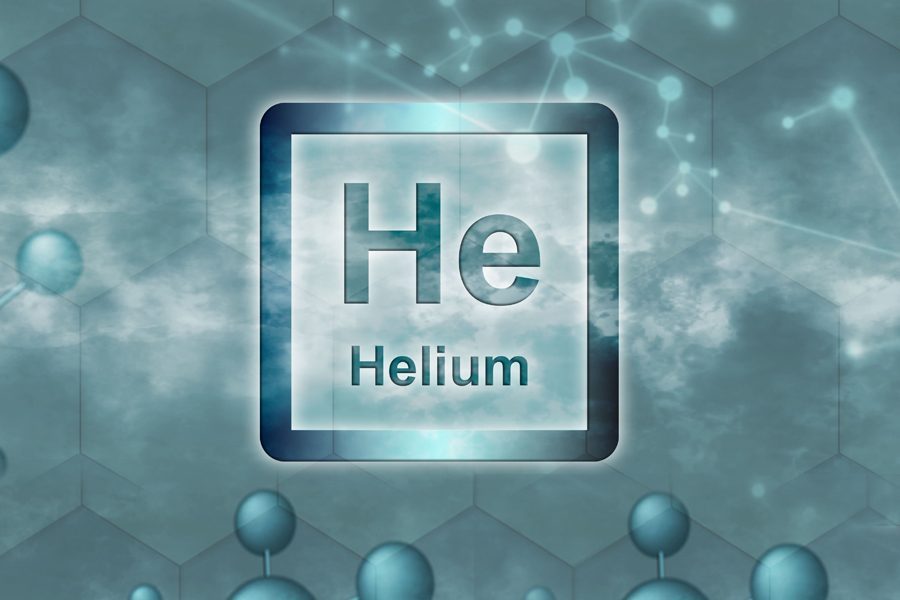Hydrogen A to Z Series: H For Helium
By: GenH2 Staff
Read Time: 3 minutes
Defining the Hydrogen Economy from A to Z: H is for Helium
Continuing in our Defining the Hydrogen Economy from A to Z series, we are discussing Helium as we focus on the letter H. Helium is easily one of the most interesting and useful fluids to scientists and engineers alike. Not only because of its light weight and inert nature, or only because of its use as a refrigerant, or even because of its ultra-low temperature liquid phase that has enabled superconductivity study on materials, but a combination of all these things and more.
Let’s take a brief look at the helium atom, a common misconception is that hydrogen is the smallest element, it’s not. Well, by atomic mass, yes, it is. However, measuring by atomic radius, Helium is smaller than Hydrogen. Its electron configuration, as a noble gas, pulls its electrons closer to its radius than hydrogen, thus being “smaller.” This is one of the reasons why us engineers use helium for leak checks. There’s almost nothing that helium doesn’t pass through, even if its an incredible small amount; with a well-placed mass spectrometer, we can tell how well something is sealed based on the concentration of helium in a sample.
And that’s only taking advantage of Helium’s small size, but that’s not even the “coolest” thing about Helium. Helium has a liquid phase at 4 Kelvin (-452⁰ F) at ambient pressure: meaning everything else becomes a liquid and subsequently solid before helium becomes liquid: meaning it’s the working fluid for many cryo-refrigerators and liquefiers.
For example, GenH2 uses a helium Brayton cycle in one of our hydrogen liquefaction processes. This process cycle is completely closed loop such that no significant amount of helium is lost. The cold Helium gas will liquefy Hydrogen, whose liquefaction temperature is at 20 K, through a turbo-expansion of the gas. Applications using such a cycle can typically produce up to 1000kg per day of liquid hydrogen and is usually accompanied by Helium compressors to recompress the gas and chillers to remove heat from the system.
Helium is a great example into one of the 2 main areas in cryogenics, which is basically using the cold for something else. In most cases, it is taking advantage of the low liquefaction point of helium to cool or liquefy something else. In Cryocoolers, helium is a common working fluid that cools a small section of the apparatus, commonly called cold head or finger. Like this, we can thermally make something ultra-cold without having to “wet” it with the actual fluid. This is how a lot of superconductivity tests are done.
Of course, this process also involves compression, expansion, and heat rejection. In common theme, heat rejection is one of the biggest challenges in getting things cold and keeping it cool, and its difficulty increases exponentially as you reject heat. However, we’re lucky to live in an atmosphere that serves as a great heat sink that make these challenges surmountable. And we’re lucky to have the expertise to take advantage of cold helium gas to liquefy hydrogen.
Join us next week in our Defining the Hydrogen Economy from A-Z as we take a look at our favorite element, hydrogen.
Blog written by GenH2 team: Julien Thomas, Martha Williams, & James Fesmire



